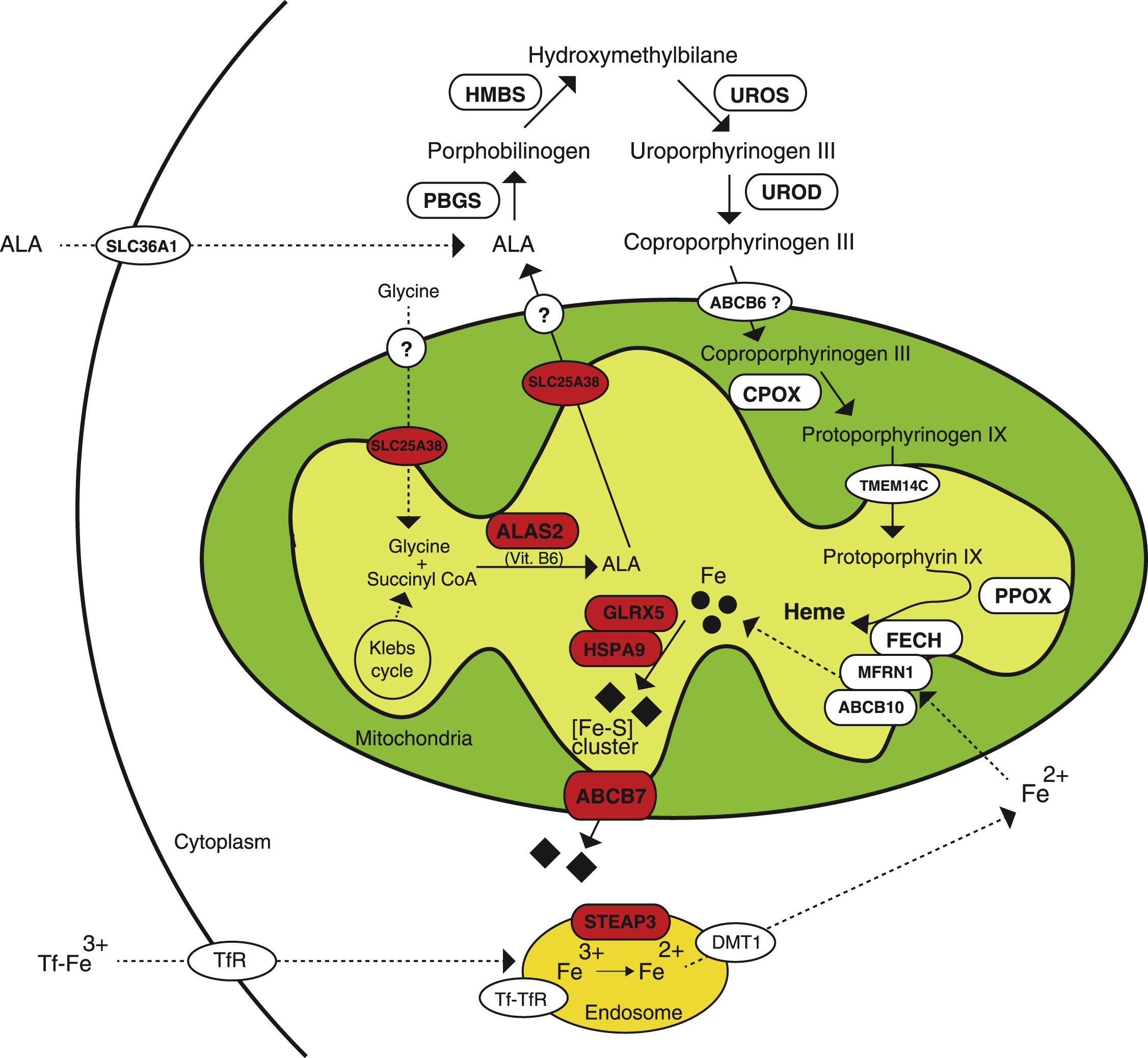There is a metabolic rift running through our economy and culture, and it is distracting our attention from care for the biosphere. To heal this rift, the diverse groups of people that make up humankind need a shared purpose that everyone can relate to and support. A strong candidate for that shared purpose is care for the bioregion—bioregioning—as an activity that creates value.
Altered synaptic structure and function is a major hallmark of fragile X syndrome (FXS), autism spectrum disorders (ASDs), and other intellectual disabilities (IDs), which are therefore classified as synaptopathies. FXS and ASDs, while clinically and genetically distinct, share significant comorbidity, suggesting that there may be a common molecular and/or cellular basis, presumably at the synapse.
Confronting Prejudice and Discrimination, The Science of Changing Minds and Behaviors, 2019, Pages 3-28
Confronting Prejudice and Discrimination, The Science of Changing Minds and Behaviors, 2019, Pages 275-297

